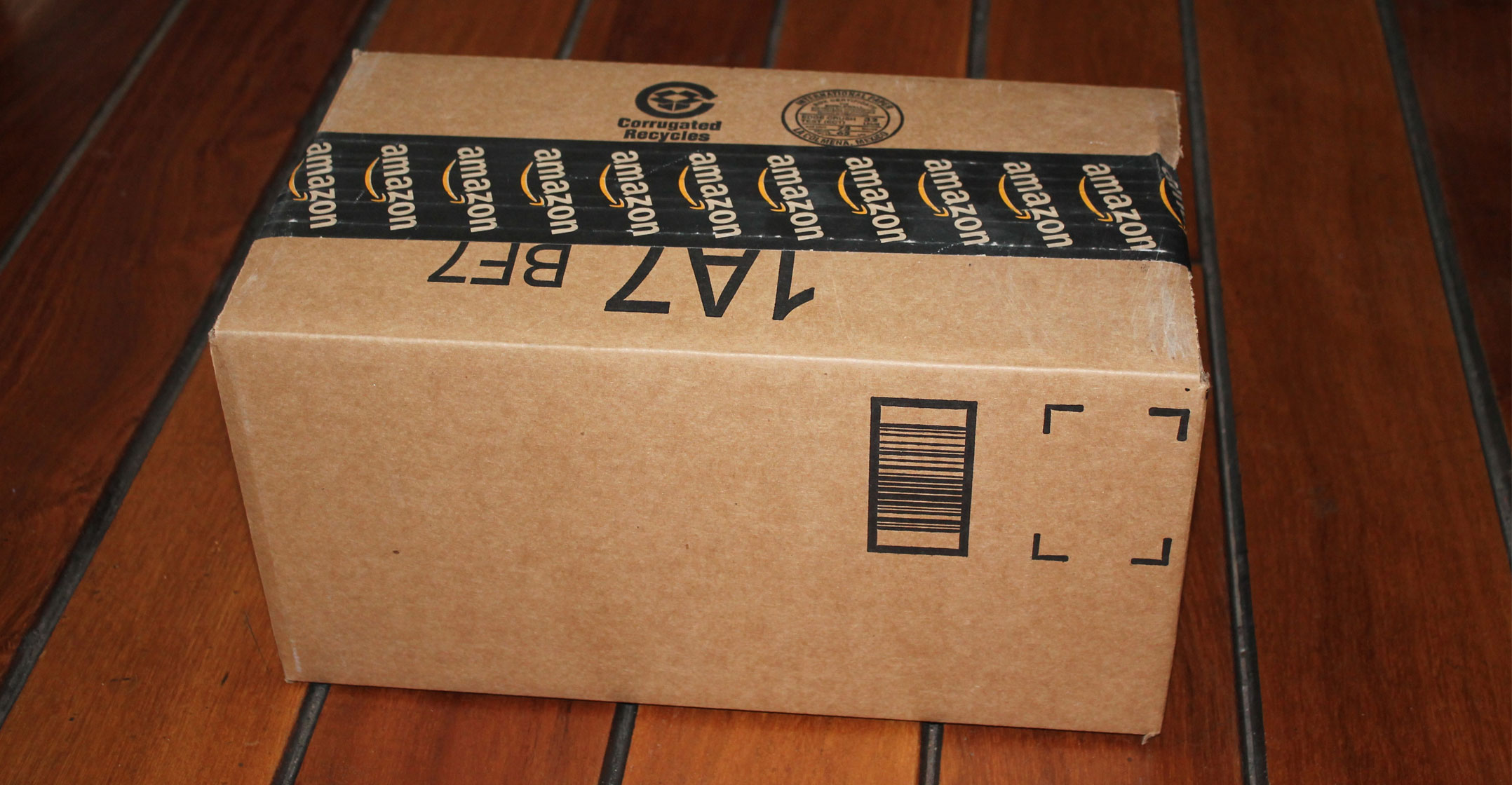 When people think about Amazon disrupting the economy, they tend to focus on physical retail — all those disappearing bookstores — but the company’s fourth-quarter earnings report makes it clear that its focus is increasingly moving onto the turf of other tech companies.
When people think about Amazon disrupting the economy, they tend to focus on physical retail — all those disappearing bookstores — but the company’s fourth-quarter earnings report makes it clear that its focus is increasingly moving onto the turf of other tech companies.
Amazon.com’s fastest growth is in ads and Amazon Web Services. Amazon’s “other” line of business, which “primarily includes sales of advertising services”, did US$10-billion of revenue in 2018 and grew 97% year over year in the fourth quarter. Meanwhile, Amazon Web Services, its profit engine for the past several years, continued to grow at a rate of 46% over the past year. While these two line items accounted for only 15% of Amazon’s revenue in the fourth quarter, they accounted for 33% of revenue growth.
Amazon’s business lines involved in the physical storage and delivery of goods, on the other hand, no longer look like fast-growing businesses. Online stores — customers buying products and digital media on Amazon, excluding third-party sales — grew 14% year over year in the fourth quarter. Physical stores — which is largely the Whole Foods acquisition — actually showed a slight decline in the fourth quarter, though adjusting for calendar issues produced modest growth. While online and physical stores combined represent 61% of Amazon’s revenue, they now represent only 36% of revenue growth, roughly the same as ads and Amazon Web Services.
There are a couple reasons for these diverging trends. On the digital side — ads and Web Services — Amazon is earlier in attacking the market than it is in physical retail. Global ad sales alone, for instance, are over $500-billion, meaning Amazon still has less than 2% market share. Physical retail, or at least the e-commerce piece of it, has been Amazon’s focus for over 20 years now. It’s hard to keep growing rapidly in any market after a certain point.
But there’s also the cost side. Retail is a famously low-margin business, and costs for the kinds of things Amazon needs to do to grow its e-commerce operation are rising rapidly throughout the economy. Building fulfilment centres is expensive. Hiring fulfilment centre workers is expensive, particularly given the increasing urgency throughout society to ensure that all workers earn a “living wage”. Drivers and delivery services are expensive. It’s surely one of the reasons Amazon raised the annual membership fee of its Prime service by $20 last year. But there comes a point given Amazon’s existing size at which continuing to grow rapidly becomes increasingly difficult, particularly given the tight labour market that exists in the US in 2019.
Higher margins
So it makes sense that when Amazon thinks about where to allocate its dollars to grow, it would focus more on its under-penetrated, higher-margin digital services business lines rather than its more mature, lower margin e-commerce operations.
To the extent that the public’s fascination with Amazon is about what businesses it’s disrupting, that conversation may need to shift. Perhaps Amazon’s dominance of all e-commerce and physical retail isn’t as inevitable as some think, and there comes a point where shipping low-cost goods isn’t economical, particularly for middle-class consumers for whom price can matter more than convenience. Barring big acquisitions like Whole Foods, maybe the competitive position of Walmart, grocery stores and 21st century shopping malls and mixed-use developments is pretty good.

On the other hand, it’s tech companies that have to watch their backs when it comes to Amazon. If Amazon grows its advertising business from $10-billion to $50-billion over the next several years, it’s likely that some of that growth will come at the expense of the current digital advertising duopoly of Google and Facebook. And the continued rapid growth of Amazon Web Services is probably bad news for other large companies in the enterprise technology market.
This may turn out to be a welcome development for Main Street, USA, which may no longer bear the brunt of job losses as Amazon shifts its growth focus elsewhere. But for tech companies and local economies in the San Francisco Bay Area, the Amazon disruption may be just beginning. — Written by Conor Sen, (c) 2019 Bloomberg LP

